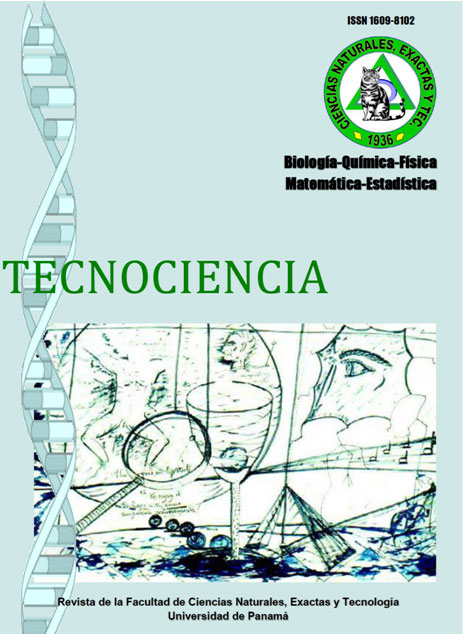

Harbor activities, marine transport, construction and boats repairs add polluting agents potentially toxic like Cu, Cr, Ni, Zn, Pb y Cd to the coastal ecosystems. These metals can modify natural biochemical processes and affect coastal ecosystems. With this respect, the concentration of these metals in surface sediments of eleven stations located at International Port of Güiria and its surroundings was quantified, by flame atomic absorption spectrophotometry. The results indicated high and variable contents of Cu (6 - 24?g.g-1), Cr (4.5 - 10.0?g.g-1), Ni (8 - 15?g.g-1) and Zn (81 - 161?g.g-1), Pb (not detected - 35?g.g-1) and Cd (not detected – 0.05 ?g.g-1) in the internal muddy sediments of the wharf. However in sandy sediments outside the wharf, the amounts of metal were low: Pb (not detected), Cu (1 - 4?g.g-1), Cr (0.3 - 2.7?g.g-1), Ni (1 - 6?g.g-1), Zn (60 - 79?g.g-1) and Cd (not detected – 0.05?g.g-1). Mainly, the metals correlated positively among their and their abundance was associated positively with the finer grain. The high metal levels evidenced the contribution of polluting sources by rest of paintings, sandblasting, corrosion of structures, and spills of cooling systems, fuel handling, among others. Their accumulation is favored by the low environmental kinetic energy within the wharf. The area could be classified as not polluted to moderately polluted ecosystem.